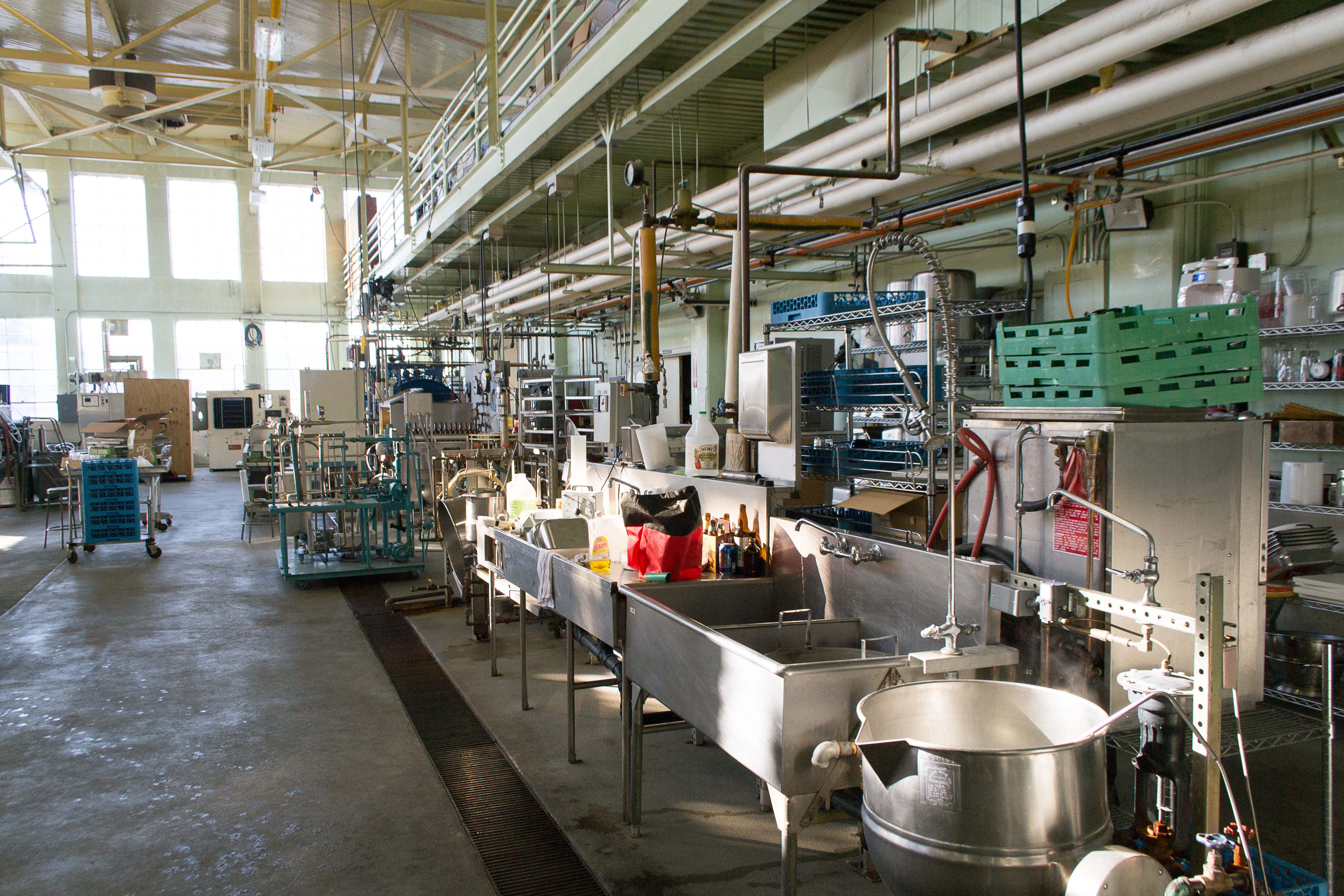
Photo from academic.microsoft.com
Starches and flours used commonly in Asia (tapioca, sweet potato, sago, water chestnut, and high amylose maize starch, red rice and kithul flour) were characterized in terms of their chemical… Click to show full abstract
Starches and flours used commonly in Asia (tapioca, sweet potato, sago, water chestnut, and high amylose maize starch, red rice and kithul flour) were characterized in terms of their chemical composition, morphological, functional, pasting, thermal, gelling and in vitro digestibility properties. It was observed that the differences in their chemical composition and structure influenced their properties. High amylose maize was the most stable, thus it required the highest gelatinization temperature which was observed in both the differential scanning calorimetry (DSC) and pasting profiles. Kithul flour had a significantly lower rate of digestion (p < 0.05) than the other samples (except for high amylose maize starch). Unlike high amylose maize starch, it had a gelatinization temperature that could be achieved during cooking, and had good gelling properties.
Journal Title: Foods
Year Published: 2020
Link to full text (if available)
Share on Social Media: Sign Up to like & get
recommendations!